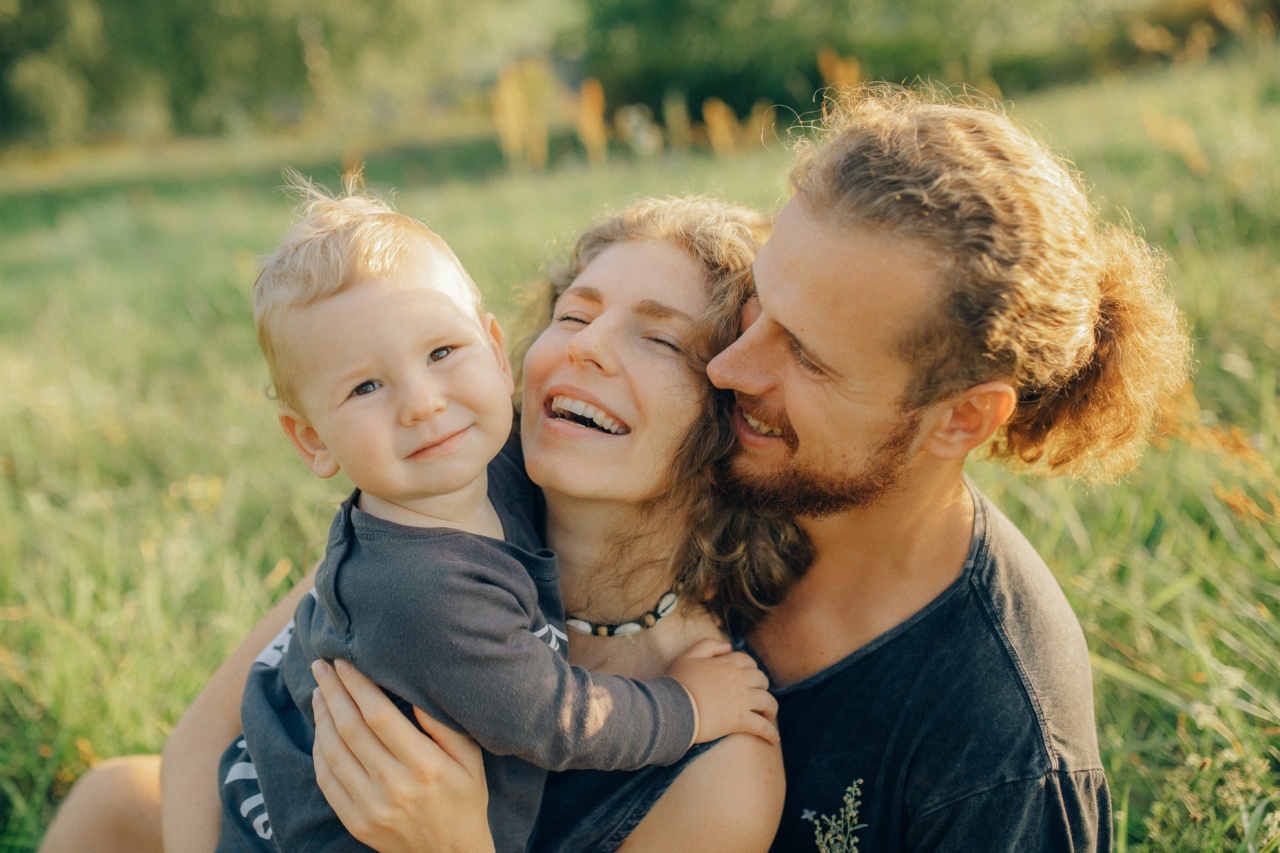Welcome to our comprehensive guide on understanding and interpreting your baby’s smile! As a parent, you’ve probably been enchanted by your little one’s adorable smiles since the day they were born.
But have you ever wondered what those smiles mean? In this article, we will explore the different types of smiles babies exhibit and what they could possibly indicate. Understanding your baby’s smiles can deepen your bond and help you respond to their needs effectively.
1. The Social Smile
One of the first smiles your baby will display is the social smile, typically appearing between six to eight weeks of age. This smile is heartwarming and contagious, often accompanied by happy cooing sounds.
The social smile indicates that your baby is beginning to recognize you and other familiar faces. It is an essential milestone in their social and emotional development.
2. The Reflex Smile
In the early days, you may notice your newborn smiling randomly in their sleep or immediately after a feed. These smiles are known as reflex smiles and are not directly linked to emotions or social interaction.
Reflex smiles are automatic responses triggered by internal stimuli and muscle movements, usually associated with digestion or sleep. While these smiles are precious, they do not elicit a response or indicate a social interaction.
3. The Delighted Smile
As your baby grows older, you will witness them smiling not just in response to familiar faces but also in reaction to their surroundings.
The delighted smile usually occurs when they see something or someone they find particularly intriguing or exciting. Your baby’s eyes may widen with curiosity, and their smile will convey joy and wonder. This smile signifies their cognitive development as they explore and engage with the world around them.
4. The Playful Smile
During playtime or interactions with you or their siblings, your baby may break into a playful smile accompanied by laughter or squeals of delight.
The playful smile is a sign that your baby is enjoying the bonding experience and finds the interaction amusing. It is their way of expressing happiness and contentment during such joyful moments. Encouraging and responding to their playful smiles strengthens your emotional connection.
5. The Tired Smile
Believe it or not, babies can even smile when they are tired or sleepy. The tired smile is often fleeting but can be identified by its subtle and drowsy nature.
When your baby smiles while rubbing their eyes or if their smile gradually fades, it’s a clear indication that they are ready for a nap or some rest. Recognizing the tired smile can help you establish a sleep routine and ensure your baby gets the rest they need.
6. The Distress Smile
While it may sound contradictory, babies sometimes smile when they are distressed or uncomfortable. The distress smile is fleeting and usually accompanied by crying or fussiness.
It is your baby’s way of seeking comfort and expressing their need for reassurance. If you notice a smile during a moment of distress, it’s essential to respond with gentle soothing and provide the comfort your baby requires.
7. The Shy Smile
As your little one approaches their first year, they may develop a shy smile in the presence of unfamiliar people or new environments.
The shy smile indicates their growing awareness of strangers and their natural inclination to withdraw in such situations. Your baby might avert their gaze, cling to you, or offer a shy smile when faced with unfamiliarity. It’s crucial to respect their comfort levels and give them time to adjust.
8. The Imitative Smile
Babies are incredible observers, and they often imitate facial expressions they see in their caregivers or siblings. The imitative smile is your baby’s attempt to mimic the smiles they observe around them.
When they see you or others smiling, they reciprocate, generating a bond through shared expressions. Encourage this imitative behavior by engaging in smiley interactions and facial expressions, creating a positive feedback loop.
9. The Communicative Smile
As your baby’s language skills begin to develop, you’ll notice them using their smiles to communicate specific desires or needs. For example, they may smile while reaching for a favorite toy or food, indicating their preference.
The communicative smile is their way of expressing themselves and making their desires known, even before they can articulate their needs verbally. Understanding and responding to these smiles aids in effective communication.
10. The Teething Smile
Teething is a significant developmental milestone for your baby, and it often comes with discomfort and irritability. However, amidst the challenges, you may notice that your baby still manages to smile.
The teething smile is a testament to their resilience and ability to find joy even during difficult phases. As their teeth emerge, continue to provide soothing remedies or teething toys to alleviate any discomfort they may experience.
In conclusion, your baby’s smile is their way of expressing a range of emotions and needs. By observing and interpreting these smiles, you can better understand your little one and respond appropriately.
Remember, each baby is unique, so the interpretation of their smiles may vary. Pay close attention to their cues, enjoy those precious smiles, and strengthen the beautiful bond you share with your precious bundle of joy!.






























